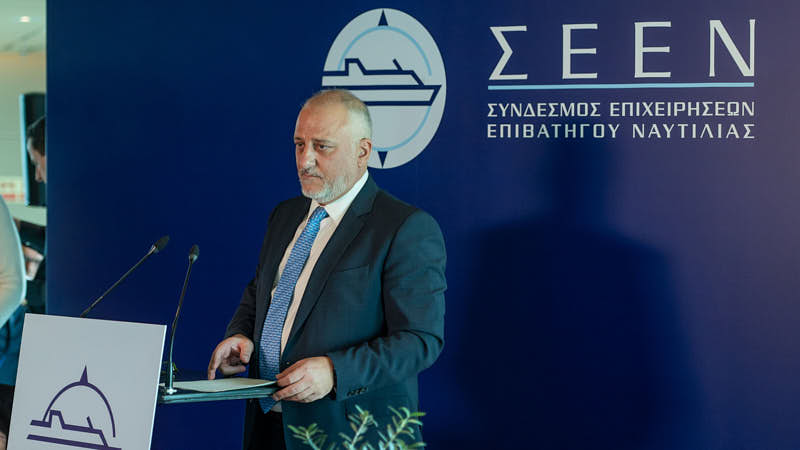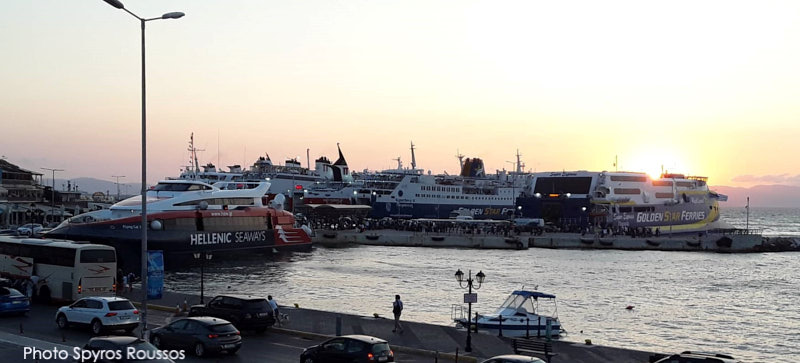On 22 February 2024, Mr Dionisios Theodoratos, the Chairman of the Association of Passenger Shipping Companies, addressed the Association’s proposals concerning the challenges and competitiveness of Hellenic Coastal Shipping during the event for the cutting of the New Year’s pitta. [in Greek]
During his opening speech, he summarised the four proposed measures:
- Financing the decarbonisation of the coastal shipping fleet.
- Updating port governance and implementing port infrastructures to support the green transition.
- Enhancing maritime training and attracting young people to staff coastal ships.
- Implementing fiscal measures to support and restore competitiveness, including:
- Ensuring equal treatment of the competitiveness of the Greek coastal shipping fleet with the international and domestic lines of the member states of the European Union, with similar policies as in other EU states.
- Maintaining a VAT rate of 13% for passengers and extending it to cars from 1/1/2025.
- Redefining the terms and conditions of public service award notices for chartering ships for the service of public service lines.
- Regulating the principles and operation of the Coastal Transport Council.
- Implementing Regulation 352/2017 for the liberalisation of port services, including solid waste and other services (such as cable tie, general passenger services, towing).
- Establishing an Electronic Reservation System in Coastal Shipping for electronic seat reservation and issuance of passenger tickets and vehicle transport receipts.
Photo credit: SEEN
















